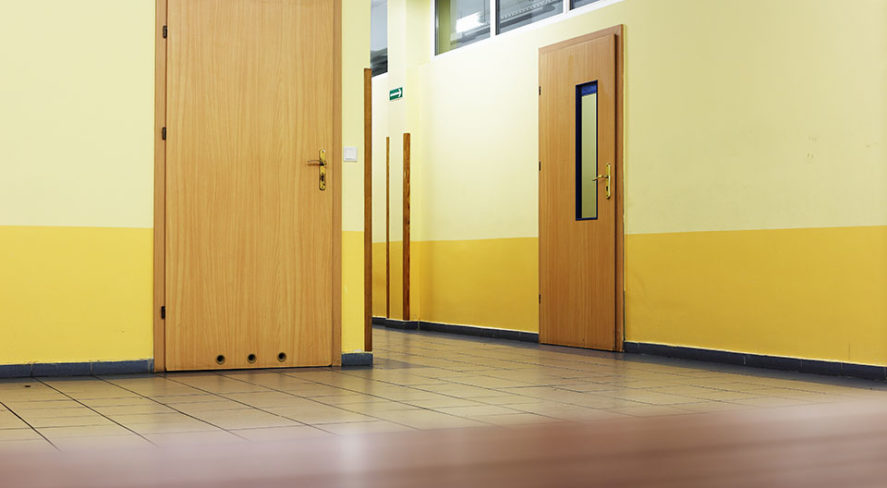SIA Expresses Concerns on Use of Classroom Door Barricade Devices in Schools

There have long been questions in jurisdictions across the country regarding classroom door barricade devices. Typically designed to be installed on classroom doors during a lockdown in addition to the existing, code-compliant locking hardware, these devices are tempting solutions for schools because they seem to address the perceived immediate need for additional security. But there are many other safety and compliance concerns associated with this practice that schools must consider.
On March 8, 2022, the Security Industry Association (SIA) circulated a letter to the chair of Michigan’s Senate Committee on Education and Career Readiness expressing concerns with HB 5701, which would amend the state’s law to allow public schools to use “temporary door barricade devices” throughout school buildings, in addition to classrooms.
“It is essential that all buildings with large capacity, rooms, such as classrooms, can be locked from the inside, as a basic protection for occupants in the event of an emergency,” said SIA in the letter. “However, we agree with school safety organizations, code experts and K-12 security staff around the country who oppose the use of products called ‘door blockers,’ ‘secondary locking devices’ or ‘temporary barricade devices.”
SIA shares deep concerns for ensuring the safety and security of building occupants, employees, students and school personnel at all times, particularly in the classroom. SIA’s position on classroom door barricade devices is that, while well intentioned, they are both unnecessary and dangerous and are therefore inappropriate for use in schools. In the letter, SIA outlined three key areas of concern:
1. Willful misuse of the mechanisms could prevent both escape and intervention from the outside. If an emergency was taking place inside the locked room, first responders would not be able to easily enter.
2. Most of these devices do not meet proper fire code requirements for free egress and violate accessibility requirements under the Americans With Disabilities Act, which ensure that all occupants can exit easily and without obstruction.
3. Lockdown capability is provided by currently deployed and available classroom security locks that are safer for students and school personnel. An additional locking mechanism is completely unnecessary to address active shooter threats. Throughout dozens of documented cases in the United States, there have been no instances where a school attacker has bodily breached a locked classroom door.
The leading provider of K-12 security guidance in the United States, the Partner Alliance for Safer Schools (PASS), has published further information on this issue and recommends several types of classroom locks appropriate for the K-12 setting.
At a minimum, SIA recommends that any changes to state laws on this matter should be preceded by a thorough review of building and classroom security issues that examines all existing guidelines and life safety codes as well as commercially available products and services.
